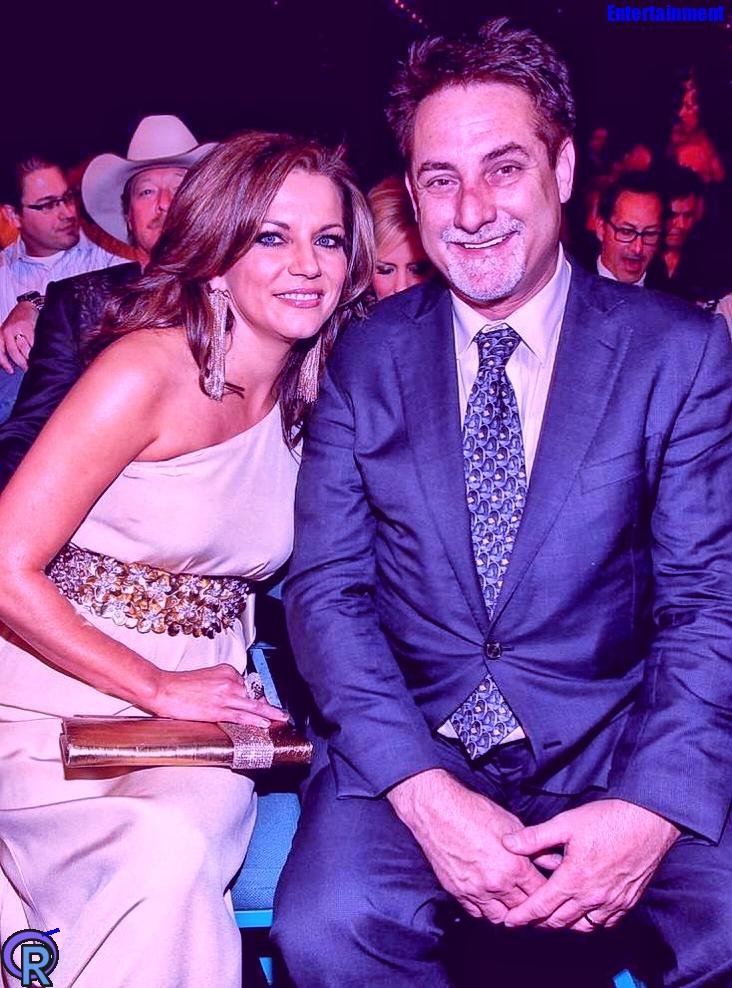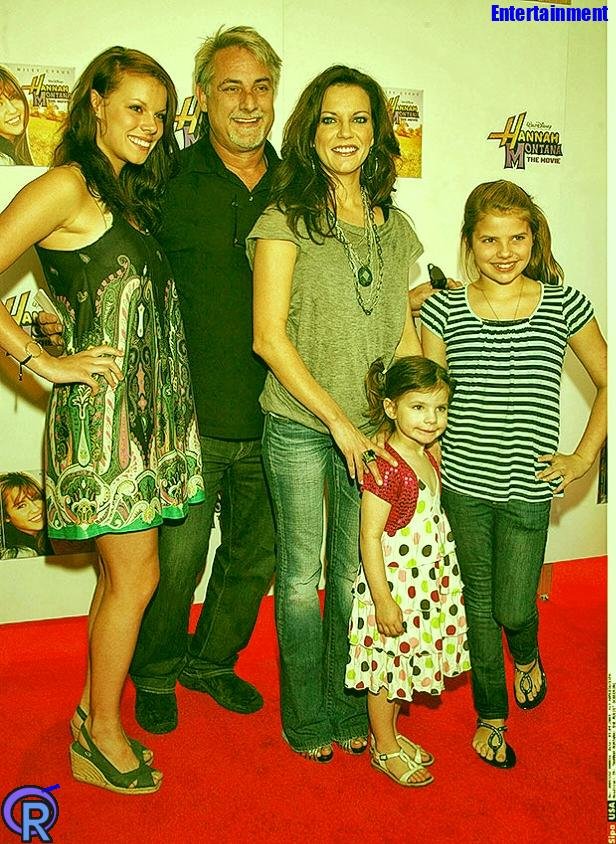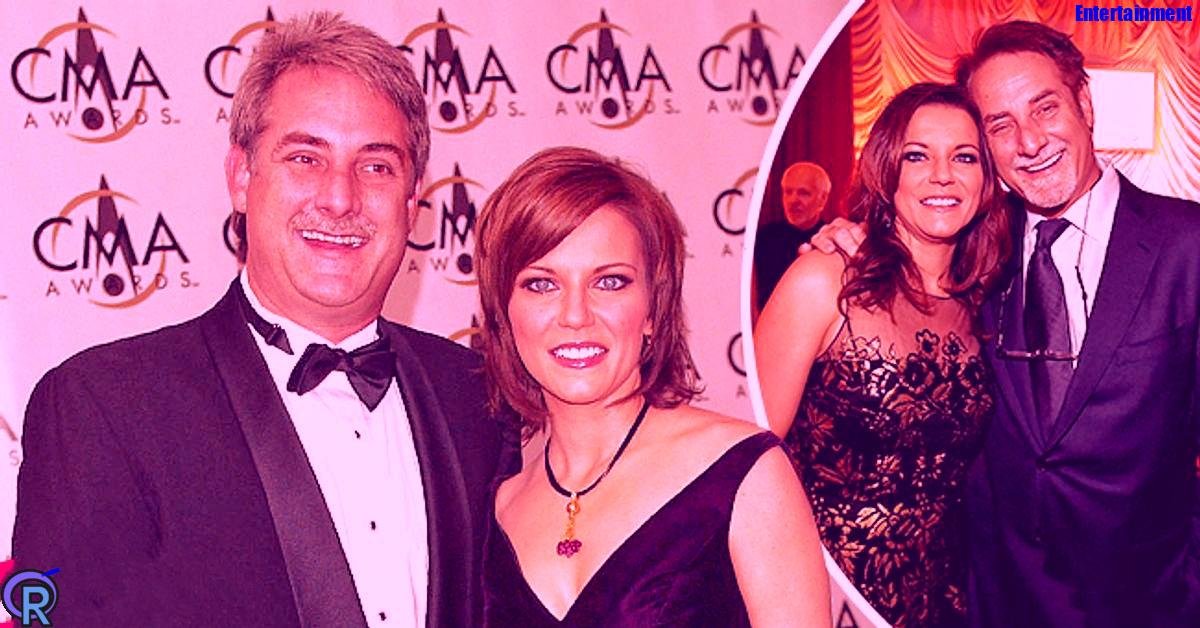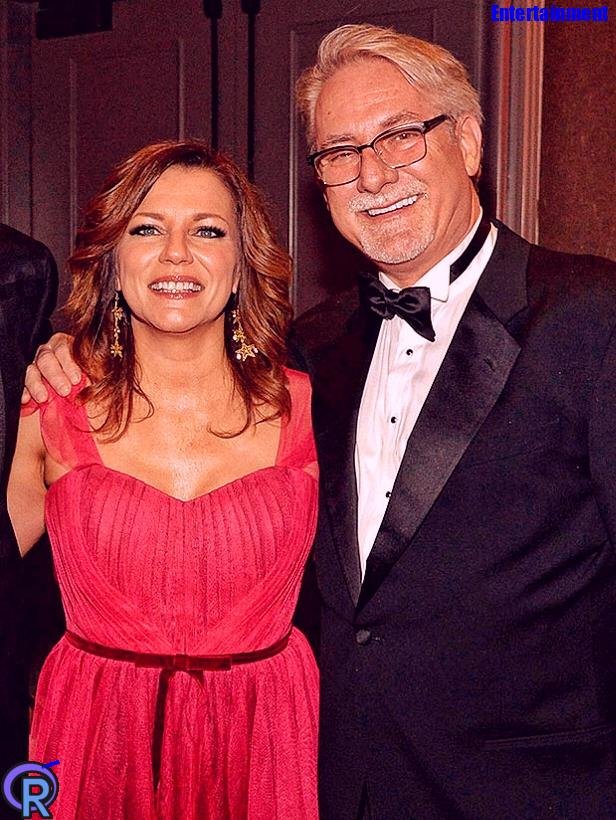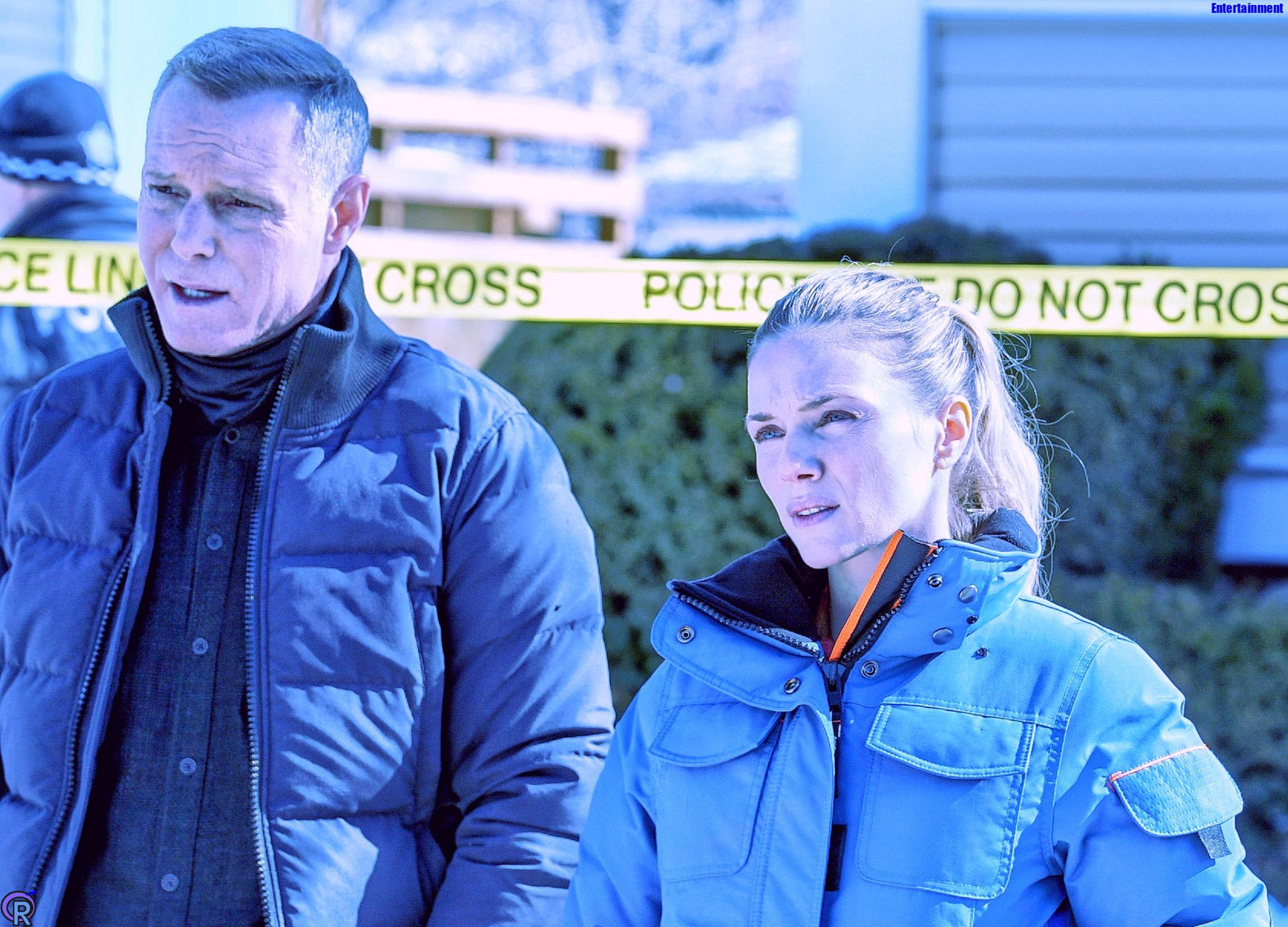The Irish Republican is the subject of this essay. Refer to John McBride (Royal Navy officer) for the admiral and politician. Refer to John McBride (professor) for the Oxford scholar.
between 1900 and 1916
born at Westport, County Mayo, Ireland, on May 7, 1868
died on May 5, 1916, at the age of 47Dublin’s Kilmainham Gaol in Ireland
fidelity Republic of Ireland South African Republic Irish Republican Brotherhood Irish Republic Department/Unit Irish Transvaal Brigad
Irish Republic of Ireland Volunteers
Years of duty Boers: 1899–1902
Major Second-in-Command of the Irish Volunteers from 1913 to 1916 (4th Battalion)
Easter Rising (1916) was the leadership battalion of the Second Boer War.
John MacBride, also known as Seán Mac Giolla Bríde in Irish, was a military leader and Irish republican who lived from May 7, 1868, until May 5, 1916.
Because of his involvement in the 1916 Easter Rising in Dublin, he was executed by hanging by the British authorities.
early years
Patrick McBride, a merchant and shopkeeper, and the late Honoria Gill, who survived his son, welcomed John McBride into the world at The Quay in Westport, County Mayo, Ireland.
A plaque marks the building in Westport Quays where he was born (now the Helm Bar and Restaurant). He received his education at St. Malachy’s College in Belfast and the Christian Brothers’ School in Westport.
Because of his large nose and red hair, he was known by the moniker “Foxy Jack”. He was employed for a while at Castlerea, County Roscommon, at a curtain shop.
After giving up his studies in medicine, he started working for a Dublin-based company that employed chemists.
In the early years of the Gaelic Athletic Association, he was connected to Michael Cusack and became a member of the Irish Republican Brotherhood.
In addition, he became a member of the Celtic Literary Society, where he met Arthur Griffith, who would go on to become a lifelong friend and mentor. The British authorities classified MacBride as a “dangerous nationalist”
as early as 1893. On behalf of the IRB, he visited the United States in 1896. He traveled back to South Africa the same year.
Participation in the Anglo-Boer War II
As a member of the Boer side in the Second Boer War, MacBride organized the Irish Transvaal Brigade.
The first leader of what would become known as McBride’s Brigade was an Irish-American who had served in the US Cavalry, Colonel John Blake.
As John McBride lacked military experience
he suggested Blake be appointed commander. The Boer government officially recognized the brigade, and Secretary of State F.W. Reitz signed an oath appointing the brigade’s officers.
John McBride received Boer citizenship and was promoted to Major in the Boer Army.
500 Americans and Irishmen battled the British. These Irish commandos frequently engaged in combat with Royal Dublin Fusiliers and Royal Inniskilling Fusiliers, two Irish battalions.
John McBride brigade fought at the Battle of Colenso, took out Lord Roberts’ cavalry,
and first took care of the Boers’ “Long Tom” cannons in the hills around the beleaguered town of Ladysmith and then advanced to the plains of the Orange Free State. harassed while handling the rearguard. as the Boer army withdrew.
Arthur Lynch raised a second Irish battalion. The Irish-American Ambulance Corps arrived in the Irish camp, bolstering McBride’s brigade. After stepping down as an MP, Michael Davitt paid a visit to the McBride Brigade.
Colonel McBride had to take over as the brigade’s overall commander when Colonel Blake was injured at Ladysmith. Afterwards, Blake departed the brigade to join the 2nd Commando, but he briefly rejoined later.
Among the European pro-Boer groups, Irish pro-Boer feeling was the most extreme and well-liked, influenced by the works of Arthur Griffith and Maud Gonne. Was. Still, almost 16,000 Irishmen served in the British army against the Boers.
union with Maud Gonne
He went to Paris, where Maud Gon resided, after the war. 1903 saw him meet W.B. Many others disapproved of her marriage, including Yates, who had previously proposed to her and saw her as an inspiration.
Editor of “New Ireland,” Patrick J. Little, who published pieces by Gonne and Yeats, remembered a severe instance that nearly averted marriage:
Stephen McKenna remarked that he believed it was tragic that such a magnificent woman could be engaged to such a Rolling Stone when John McBride and Maud Gonne became engaged.
This narrative was told to John McBride in reverse, and he accepted the challenge to a duel from Stephen McKenna.
Stephen, who was always willing to gratify anybody, took up the challenge, and the two of them met in a spacious room in the New York Sun office.
Revolvers were used as weapons. Before they started firing, Stephen asked McBride what the purpose of the duel was.
John McBride said that he had heard Stephen McKenna comment that it was unfortunate that someone as honorable as Maud Gonne could overcome someone as honest as McBride. Should marry.
“Quite the contrary,” Stephen remarked. I added, “It’s unfortunate that such a disturbed scoundrel would marry such a wonderful woman,” to which Sean McBride said, “old man, shake hands!”
Sean McBride, their son, was born the next year. Yates wrote to Lady Gregory in January 1905, the month MacBride and Maude parted ways, to tell her that MacBride had abused her ten-year-old stepdaughter, Iseult.
Despite the fact that their marriage had already ended, the couple could not agree on Shawn’s custody.
In Paris, Maud started the divorce process. Although a separation agreement gave Maud custody of the boy until he was twelve, no divorce was issued. Every summer, the father was granted one month of leisure and the privilege of visiting.
John McBride never saw his son again after returning to Dublin. According to Anthony J. Jordan, McBride was demonized during the divorce process. He feels that W.B. On the grounds of Yeats’s credence to Maud Gonne’s charges against her husband,
successive biographers of Yeats have considered them as true, ignoring the verdict of the Paris divorce court which declared John McBride innocent.
Yeats, notably Roy Foster’s seminal 1997,” writes Dr.
Caoimhe Nic Dhaibid. She seems to agree with Jordan’s viewpoint. Donal Fallon, the grandson of Joseph and Eileen Wilson, who recently wrote a biography on McBride,
reports poet Paul Durcan as saying that McBride was “undoubtedly maligned” and that “the Yeats-Maude Gone industry people” should bear the most of the responsibility. Is.
Maud herself blamed the dissolution of the marriage on John’s drinking issues and loneliness in Paris, which she witnessed on their numerous journeys to Ireland apart from him, over forty years after the marriage ended.
Our home was in Passy, and John was employed as Victor Collins’ secretary. Victor Collins was a well-paid news reporter for the New York Sun and the rather influential Laffan Bureau in New York.
In spite of my cautions, John ended up becoming Collins’s constant friend, acquainting him with an unsavory drinking group often seen in American clubs. He led a horrible existence in Paris.
I had to spend a lot of time in Ireland for work, so he was often alone and didn’t speak a word of French.
Easter Rising 1916
After returning permanently to Dublin from Paris in 1905, MacBride joined fellow Irish nationalists in preparation for the insurrection.
The British officials decided it would be best to exclude him from their covert military organization that was plotting an uprising because of his widespread popularity.
Consequently, he was left in the dark about the rebellion’s whereabouts. Easter Monday morning, he was in Dublin to meet his brother, Dr. Anthony McBride, who was traveling from Westport to attend
a wedding the following Wednesday. When the Major arrived at Grafton Street, he observed Thomas MacDonagh leading his soldiers while dressed in uniform. After he volunteered, he was given the position of second in charge at Jacob’s factory.
Yeats offered John MacBride a conflicted eulogy in his poem “Easter, 1916,” since he was envious of MacBride’s marriage to Maud Gonne and subsequent proposal to her daughter Iseult:
I dreamed about this other man, a drunken, conceited, thief.
He has resigned from his position and done the worst harm to certain individuals that I hold dear, yet I still count him among my friends.
In lighthearted humor, he has completely transformed as well, giving birth to a horrible beauty.
“No, I do not like your poetry. It is not worthy of you and, more importantly, it is not worthy of its subject,” Maud Gonne wrote to Yeats. My spouse, on the other hand, has entered eternal by way of the huge gate of sacrifice.
I’ve traveled across time to be able to beg for his prayers in addition to praying for him. Traditions
John McBride (1868–1916) statue on the South Mall, in his hometown of Westport, County Mayo
A member of the community’s St Patrick’s Drama Group, Ciaran McSuibane, composed a three-act amateur drama in November 2016 that covered many aspects of McBride’s life
such as his experiences during the Second Boer War, his marriage to Maud Gonne, their separation, and associated issues. The future he left behind for their only kid, Sean. Yeats’ poetry is included in the play, which also explores the time after MacBride’s execution.
Particularly the play’s opening and concluding moments were praised for being “very touching”.
Bernardine Walsh McBride portrayed Eileen Wilson, the great-granddaughter of Maud Gonne, as her half-sister.
The show, which took place in the Westport Town Hall Theatre, was called “a fitting tribute to a local hero by a local drama group” by the Mayo News. a list of sacred texts
Boylan, Henry An Irish Biographical Dictionary, Dublin, Gill & Macmillan, 1999
Donal Fallon (2015) John McBride. O’Brien Press, Dublin.
Jordan (1991) ‘Major John McBride Westport Historical Society
‘Willie Yates and the Gone McBrides’, Anthony J. Jordan, Westport Historical Society, 1997.
‘The Yates/Gone/McBride Triangle’, Anthony J. Jordan, Westport Books, 2000.
Jordan, Anthony J. (2006). Boer War to the Easter Rebellion; Major John McBride’s Writings 978-0-9524447-6-3; Westport Books.
McCracken, Donal P. (1999) Four Courts Press, Dublin, 208 pages., ISBN 1-85182-499-5. McCracken’s Brigade: Irish Commandos in the Anglo-Boer War.
O’Malley, Ernie 1937’s On Another Man’s Wound
Edward Purdon (1916) The 1916 Rising Mercier Press Ltd.
John Andrew McBride, a former NASA astronaut and U.S. Navy officer, was born on August 14, 1943.
John McBride worked as an aviator, fighter pilot, test pilot, and aeronautical engineer with the US Navy during his tenure. When he retired in 1989, he had attained the rank of captain.
In addition, McBride was a NASA astronaut who flew STS-41-G and would have commanded STS-61-E had the mission not been canceled following the Challenger accident.
Childhood, schooling, and private life
Although he was born in Charleston, West Virginia, on August 14, 1943, John McBride still regards Beckley, West Virginia, as his hometown. After graduating from
Woodrow Wilson High School in Beckley, West Virginia, in 1960, he attended West Virginia University from 1960 to 1964. In 1971, the U.S. Naval Postgraduate School awarded him a Bachelor of Science in aeronautical engineering.
At Pepperdine University, he completed graduate study in human resources management. McBride joined the fraternity Phi Delta Theta while he was a student at West Virginia.
Three children have been born to McBride: John A. (born October 21, 1970), Melissa L. (born December 12, 1966), and Richard M. Megan, Collin, Richard, Austin, Cady, Bailey, Ryan (1999–2021), and Kendall are his eight grandkids.
career in the military
At navy Air Station Pensacola in Florida, McBride had flying training prior to commencing his navy career in 1965. He was tasked with training in the F-4
Phantom II aircraft at Fighter Squadron 101 (VF-101), located at Naval Air Station Oceana, Virginia, after being recognized as a Naval Aviator and earning his wings in August 1966. Later on, he was posted to Fighter Squadron 41 (VF-41)
where he worked for three years as a division officer and fighter pilot. He completed trips with VF-11 and VF-103 as well. During the Vietnam War, McBride flew 64 combat missions while stationed in Southeast Asia.
He attended the U.S. Functioned as a Sidewinder Project Officer and an Officer. In addition to piloting the Navy’s F-4J Phantom painted with the
“Spirit of ’76” Bicentennial paint scheme at several air shows in 1976, 1977, and 1978, he has flown more than forty different types of military and commercial aircraft.
The Federal Aviation Administration (FAA) is in place at the moment. Ratings include civil commercial pilot certifications (multi-engine), instrument and glider; And he previously worked as a Certified Flight Instructor (CFI).
He flew for about 8,800 hours total, 4,700 of which were spent in jet aircraft, and he made over 600 ship landings.
NASA employment
McBride was chosen as an astronaut candidate by NASA in January 1978, and in August of 1979, he was confirmed as an astronaut. His duties at NASA include flight data file (FDF) manager, software verification at the Shuttle Avionics
Integration Laboratory (SAIL), capsule communicator (CAPCOM) for STS-5, STS-6, and STS-7, lead chase pilot for the Space Shuttle Columbia’s inaugural flight, and development of orbital rendezvous procedures.
Crew of STS-41-G mission. First from the left below is McBride.
On October 5, 1984, the orbiter Challenger launched on STS-41-G, piloted by McBride, from Kennedy Space Center in Florida. This was the first seven-person group. The crew’s eight-day mission included the Earth Radiation Budget satellite’s
deployment, scientific views of Earth using the large format camera and OSTA-3 palette, and a potential hydrazine transfer and EVA for satellite refueling.
displayed The mission lasted 197 hours, and on October 13, 1984, it landed at Kennedy Space Center in Florida.
McBride (sitting, middle), commander of the never-completed STS-61-E space mission McBride was supposed to lead the STS-61-E crew on their next flight in March 1986.
NASA had to postpone a number of flights after the Challenger catastrophe in January 1986, including this one.
McBride was assigned on July 30, 1987, to the position of Assistant Administrator for Congressional Relations at NASA Headquarters. In this role, he oversaw NASA’s interactions with both congressional support groups and the US Congress.
was in charge of directing and coordinating all communications between the field center and headquarters. His tenure in this role was September 1987–March 1989.
McBride made the decision to resign from NASA in 1988 despite being chosen to lead the crew of the STS-35 (Astro-1) mission, which was supposed to fly in March 1990.
John McBride, a native of West Virginia, was given a NASA Software Laboratory dedication on September 23, 2011, by the NASA Independent Verification and Validation Facility (IV&V) in Fairmont, West Virginia.
The John McBride Software Testing and Research Laboratory, or JSTAR, is the official name of the facility. JSTAR, NASA IV&V’s adaptive testing and simulation environment, is intended to improve the instruments and techniques for assessing mission and safety-critical software in NASA missions.
By using analytical rigor to lower the risk of software-related mission failure, the laboratory provides end-to-end testing on mission flight software.
In honor of JSTAR’s first anniversary, NASA’s IV&V Program unveiled the JSTAR website in September 2012.
The JSTAR website provides an overview of all the activities being conducted at NASA’s IV&V Facility under the JSTAR umbrella.
Professional career after NASA
McBride left the US Navy and NASA in May 1989 to focus on his business career. He presided over the Constructors’ Labor Council of West Virginia,
which represents heavy and highway construction contractors, in addition to serving as president and chief executive officer of Flying Eagle Corporation in Lewisburg, West Virginia.
He was defeated by Cecil H. Underwood in his 1996 attempt to win the Republican nomination for West Virginia governor.
He eventually moved out of West Virginia to take advantage of business prospects in Arizona.
Kennedy Space Center and retirement
McBride was retired and residing close to Cocoa, Florida by 2008. In a quick interview conducted on September 20, 2017, as part of the
“Meet an Astronaut” program, he stated that he was also actively trying to enhance the Space Shuttle Experience journey.
He offered to help with the ride’s landing sequence development. Up until 2020, when he declared his retirement from the Kennedy Space Center, McBride continued to actively support the “Lunch with an Astronaut” program.
associations Veterans of Foreign Wars Veterans of the United States Phi Delta Theta, the Army Society of Experimental Test Pilots
West Virginia University Engineering Visiting Committee (Chair, 1990–1992) National Honor Society
Board of Trustees, University System of West Virginia (1992–1995)
Co-Chair of the West Virginia State American Cancer Society Fund-Raising, together with spouse 1990 Boy Scouts of America Executive Committee President, Association of Space Explorers (USA) (1997–1998)
Association of Space Explorers Executive Committee (Co-Chair, 1995–1996)
March of Dimes
Disaster help from the American Red Cross
Shawnee Hills Mental Health Group’s army of recognition awards and accolades
Protection Air Medal / Superior Service Medal (3)
Combat V Naval Unit Commendation on the Navy Commendation Medal
Vietnam Service Medal; National Defense Service Medal
NASA Space Flight Medal Awarded “State Medallion” and “West Virginia Ambassador of Good Will Among All Men” by the Secretary of State of West Virginia (1980)
West Virginia University awarded an honorary doctorate in science in 1985,
and Salem College awarded an honorary doctorate in aerospace engineering in 1984.
The University of Charleston awarded an honorary doctorate in science in 1987.
West Virginia Institute of Technology awarded an honorary doctorate in science in 1987.
West Virginia Institute of Technology awarded an honorary doctorate in science in 1987.
West Virginia University’s “Hall of Fame” Distinguished Alumni, the West Virginia Society’s “Son-of-the-Year” (1988), and the City of Beckley (1988)
The “Honorary Italian-American” of West Virginia (1988)
The “Celebrity Award” from Kanawha County, West Virginia (1988)
West Virginia “Man-of-the-Year” awarded by broadcasters (1989)
“Spirit of Life Award Winner” from City of Hope (1991)
“Medal of Honor” awarded by Daughters of the American Revolution (1993)
John McBrid’s estimated net worth
The approximate net worth, income, automobile, lifestyle, and many other information of John McBrid have been updated here. Let’s see how rich is John McBrid in 2023-2024?
According to IMDB, Forbes, Wikipedia, and other internet sources, at the age of 75, the renowned astronaut John McBrid has between $1 and $5 million in total assets.
As a professional astronaut, he was paid. His home state is West Virginia.
2023 $ 1-Estimated net worth in US dollars
Review of last year’s net worth
Salary each year is being reviewed.
key source of income for astronauts
The state of the net vessel is not confirmed.

